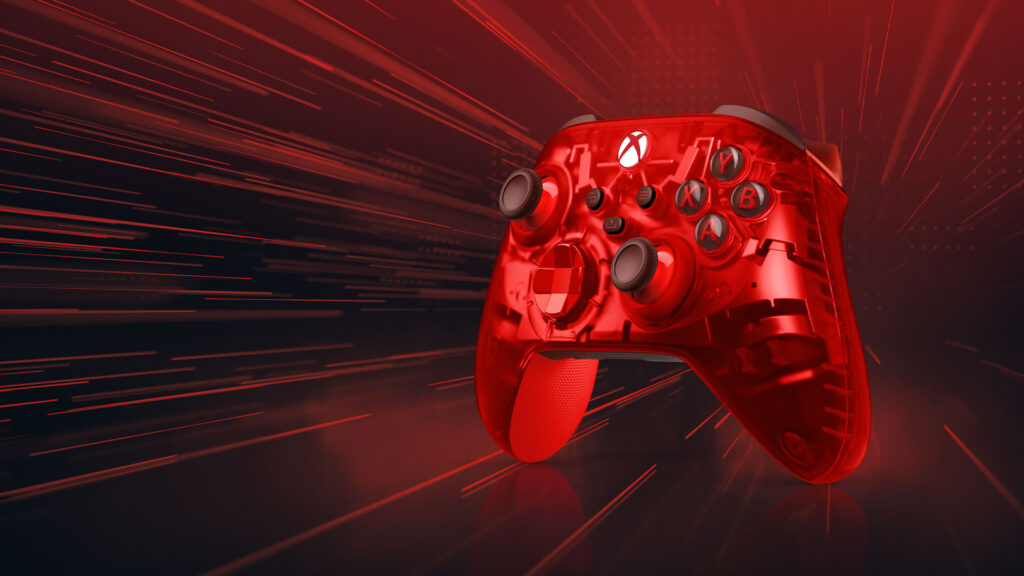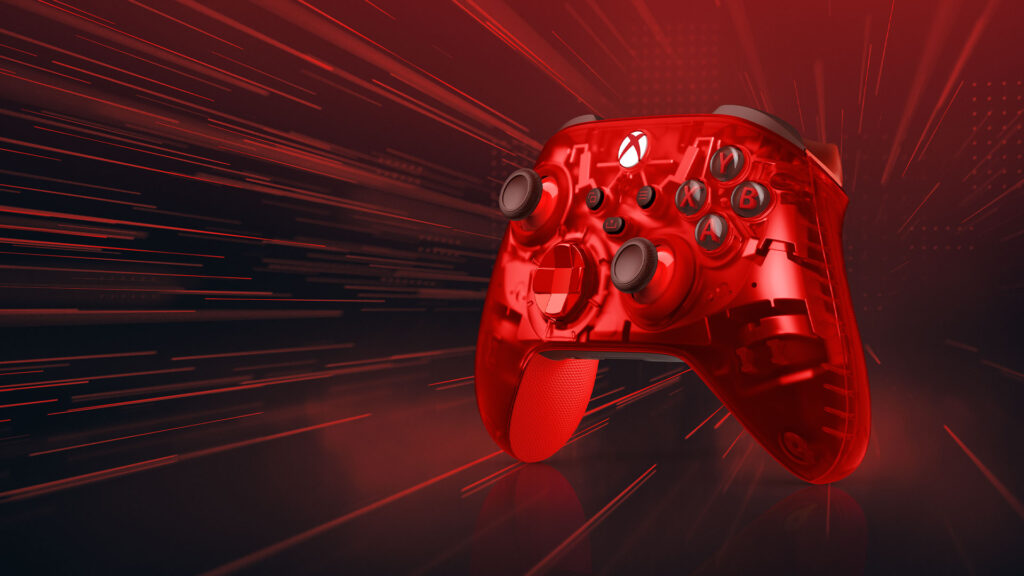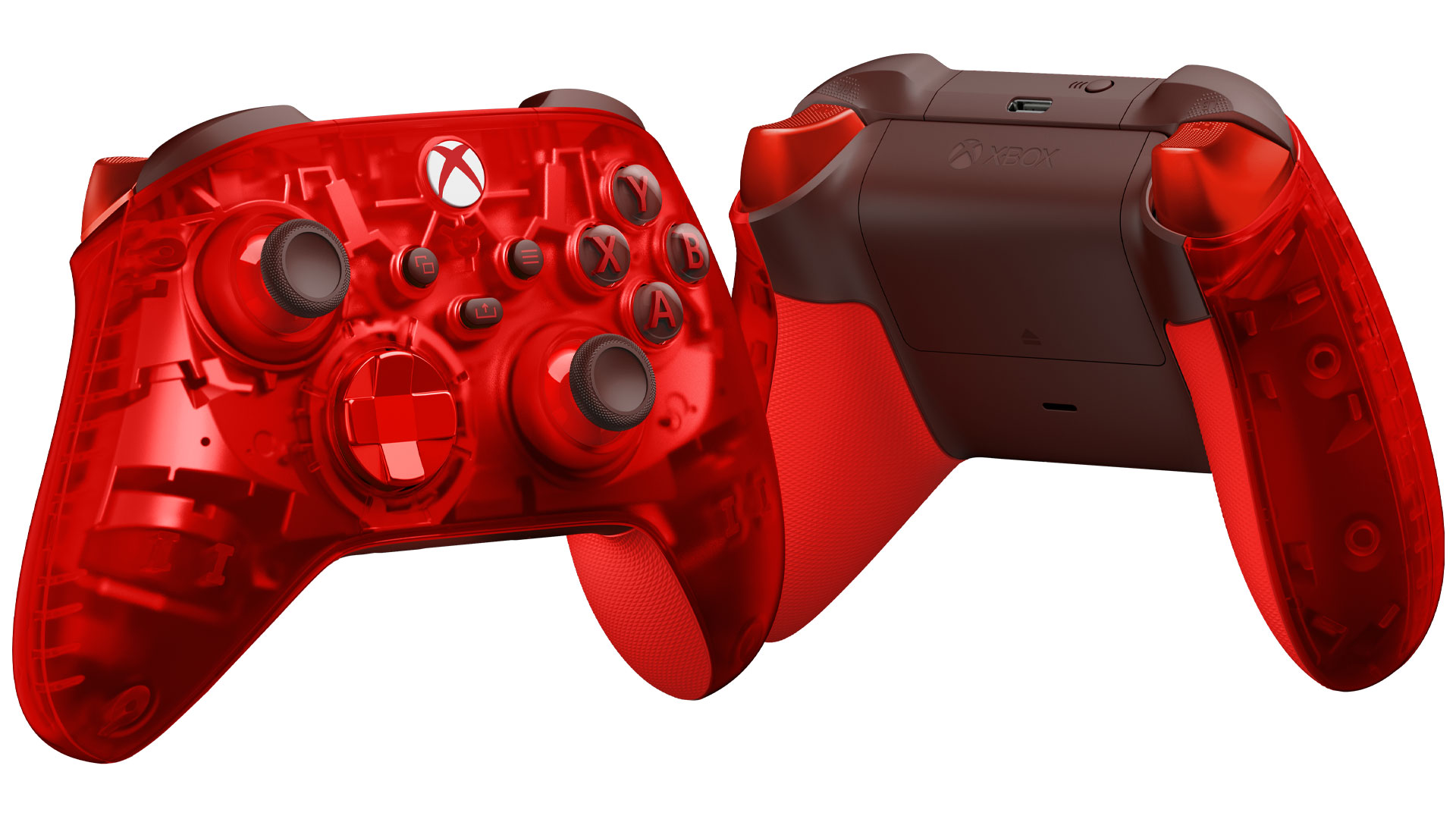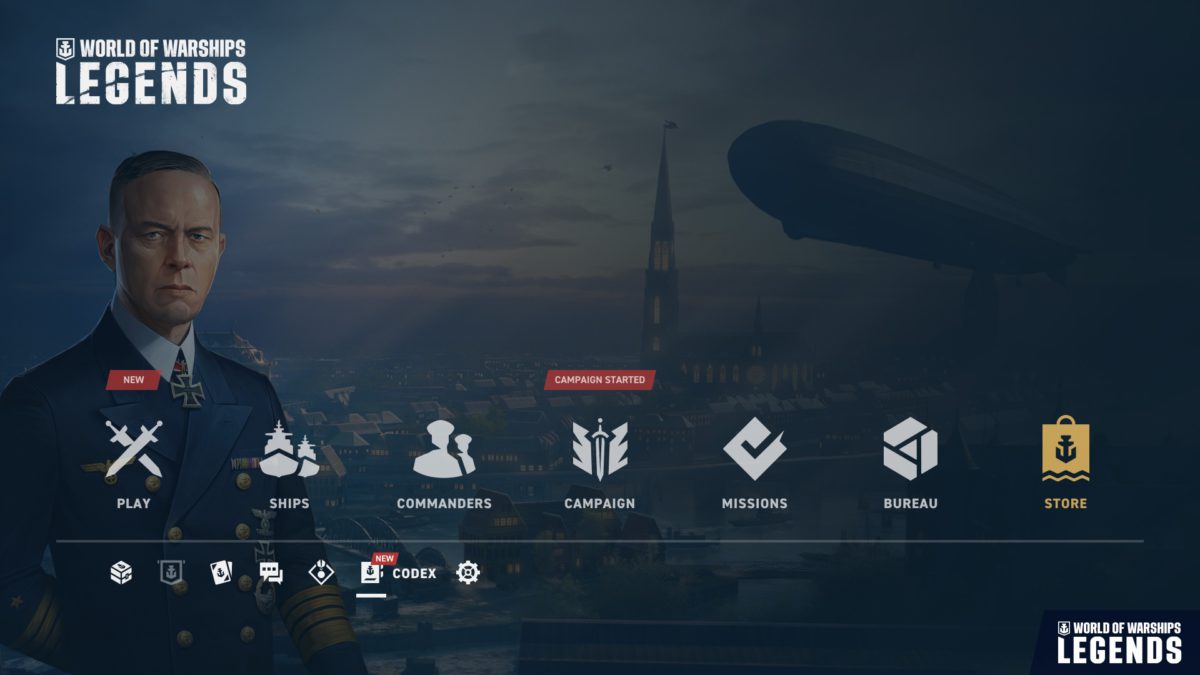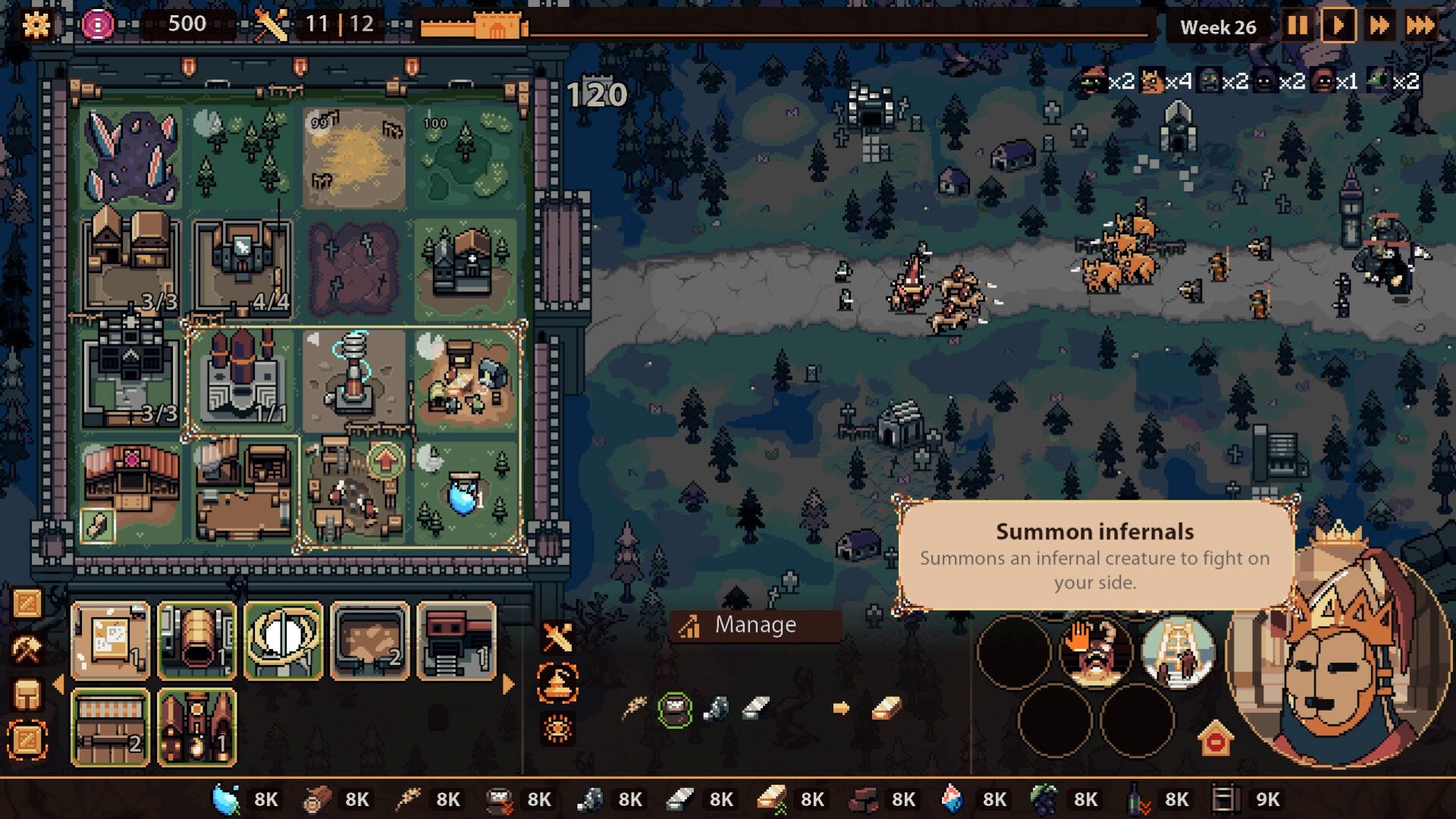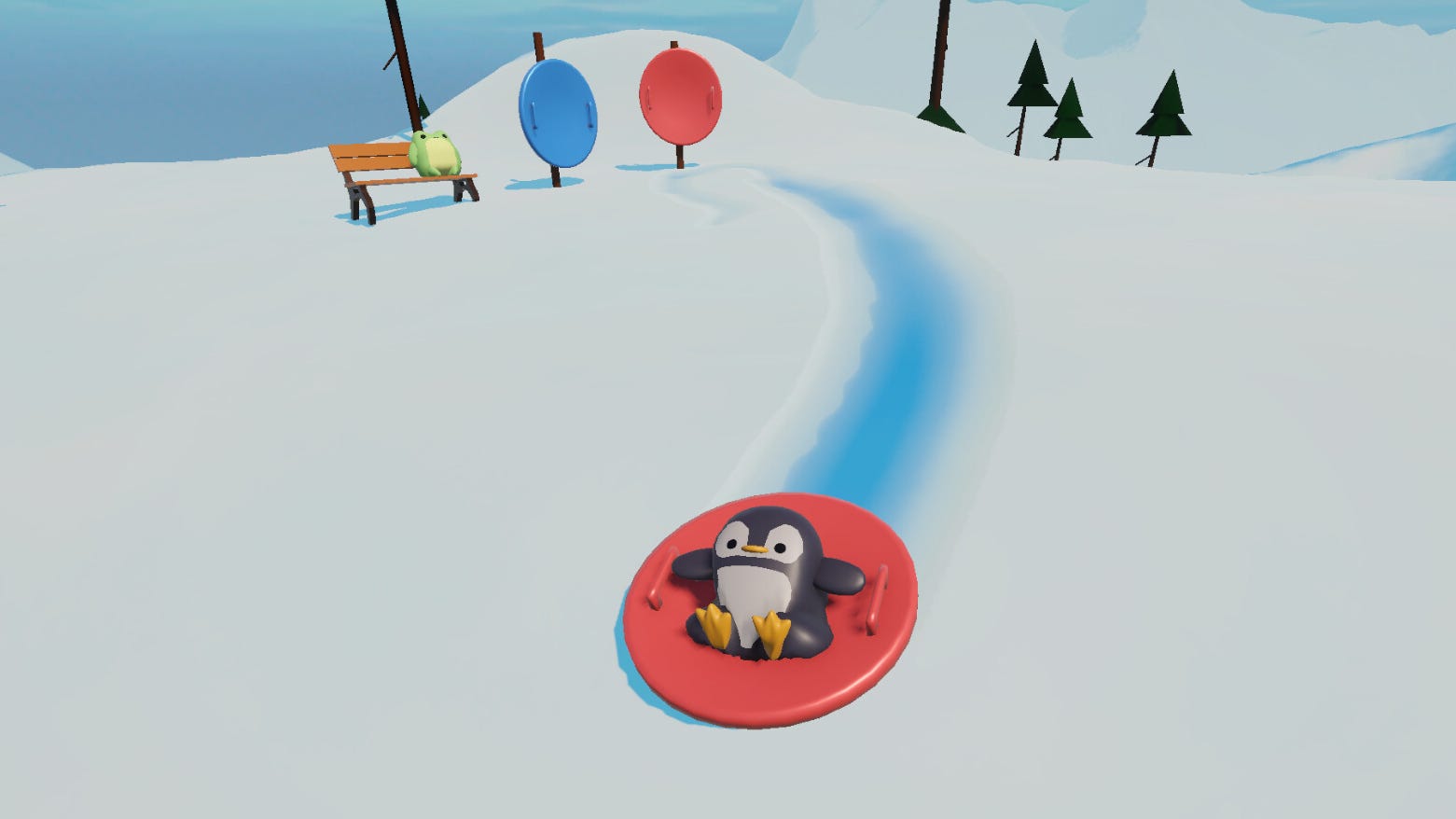The people behind the controversial Grand Theft Auto 6 parody game Grand Taking Ages are back with a Steam page after Sony pulled it from the PlayStation Store.
Grand Taking Ages is, according to its creators, a parody management simulator where players run a game development studio.
Last month, despite using what looked like AI-generated art to satirize the ongoing wait for Rockstar’s GTA 6, the inclusion of a list of unlikely gameplay features, as well as fake awards from video game websites, Grand Taking Ages VI appeared on the PlayStation Store with a May 2025 release date. Users were even able to wishlist the game on PlayStation.
Inevitably, Sony pulled Grand Taking Ages VI from the PlayStation Store, but now it’s back on Steam after what its creators said were key adjustments made to convince Valve of the project’s validity.
Developer Violarte told IGN that Grand Taking Ages had been through a “thorough” review process, and was now approved for publishing on Steam. On the Steam page are a brand new trailer and updated screenshots, all leaning on the parody angle its developer is using as justification for the project.
So what’s changed? As well as ditching the “VI” in the game title, Violarte changed the game’s logo, descriptions, and overall presentation “to clearly differentiate Grand Taking Ages from the original inspiration, GTA 6, and to emphasize its unique direction.” Gone is the art that looked a lot like Rockstar’s iconic GTA imagery, in its place art that looks a bit like Rockstar’s iconic GTA imagery.
But Grand Taking Ages is still riddled with generative AI. As per Steam’s AI rules, Violarte disclosed on the Grand Taking Ages Steam page that it used “AI services” for voice overs — and a cursory glance at the trailer will demonstrate how well this worked out.
And here’s the new description on the Grand Taking Ages Steam page:
Coming Soon Since Forever! Start your game dev journey in mom’s garage! Battle angry fans, dodge ruthless journalists, and perfect the art of “creative” deadlines. Survive on pizza and energy drinks while building your dream studio into… a slightly better garage!
Violarte said it took a different approach with Valve to get the game on Steam than it did with Sony to get the game on the PlayStation Store. “We approached Steam differently by engaging with their team about the concept of our game before officially submitting it,” a representative told IGN. “This allowed us to get their perspective early on, ensuring alignment with their guidelines.”
The company pointed to other projects such as Grand Theft Hamlet, a documentary about two out of work actors who attempt to put on a production of Hamlet inside GTA Online, as evidence that parodies of GTA should be protected from takedowns. “These examples showcase how parody can celebrate and entertain within existing genres while remaining creative and engaging,” Violarte said.
Violarte now wants Grand Taking Ages back on the PlayStation Store. “We genuinely believe that, with the recent updates, Grand Taking Ages is now ready to be relisted on the PlayStation Store,” it said. To that end, Violarte said it had sent a request to Sony that points out that the changes it’s made to the game have convinced Valve to approve it for release on Steam. “We strongly believe that there will be no issues with Sony this time, given the adjustments we’ve implemented,” Violarte said.
Grand Taking Ages VI’s appearance on the PlayStation Store called Sony’s curation process into question, but Valve’s open-door policy on Steam is well-documented. The likes of Steam, the various app stores, and even the Nintendo eShop are packed with slop, and increasingly generative-AI is being used to make it.
GTA 6, meanwhile, launches on PlayStation 5 and Xbox Series X and S in the fall of 2025.
Wesley is the UK News Editor for IGN. Find him on Twitter at @wyp100. You can reach Wesley at wesley_yinpoole@ign.com or confidentially at wyp100@proton.me.

